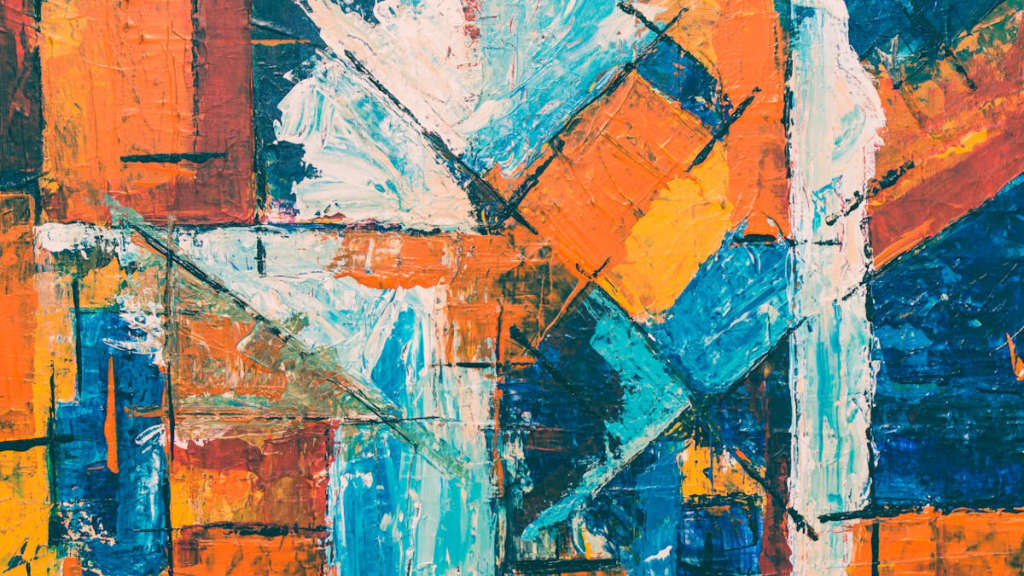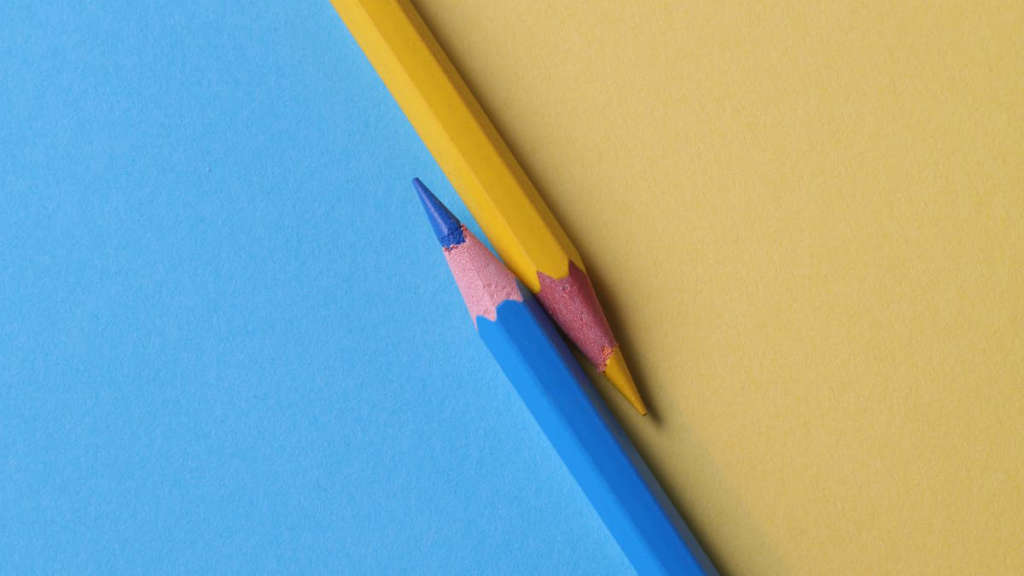Art has always been a mirror reflecting the society in which it exists. As we delve into the world of modern artworks, we uncover how they influence and reshape our cultural narratives. These pieces do not merely hang on walls; they provoke thought and spark dialogues. In exploring the relationship between modern artworks and their impact, we begin to understand how art can challenge established norms and forge new pathways for understanding.
Main Points
- Modern artworks serve as a commentary on contemporary issues.
- They challenge traditional perceptions and provoke discussions.
- Through their diverse expressions, they reflect varied cultural identities.

The Role of Modern Art in Challenging Historical Narratives
Modern art serves as a potent vehicle for questioning and reinterpreting historical narratives. Artists utilize their platforms to explore themes that traditional narratives often overlook. By doing so, they illuminate the complexities of history and encourage viewers to engage critically with the past.
Ways Modern Art Challenges History
- Subversion of Traditional Icons: Many modern artists subvert historical icons, transforming familiar images to question their significance.
- Personal Narratives: Through personal stories, artists reflect the broader societal issues, breathing new life into forgotten histories.
- Interdisciplinary Approaches: Modern art blends various mediums—sculpture, painting, performance—to create multifaceted narratives that invite diverse interpretations.
These methods compel audiences to reconsider their assumptions. They push boundaries in ways that conventional historical accounts often cannot. Yet, the beauty of modern art lies in its capacity to provoke dialogue. It encourages us to confront uncomfortable truths about our collective past. In this respect, it does not merely retell history; it reconstructs it, crafting spaces where contested memories can coexist. This nuanced approach allows for a rich tapestry of understanding, reminding us that history is not a singular story but an intricate web of experiences.

Exploring the Intersection of Identity and Expression in Contemporary Art
Contemporary art serves as a vibrant canvas for investigating the multifaceted nature of identity. Artists wield their mediums as tools to express personal narratives, yet these narratives often transcend individual experience. Take, for example, the works of contemporary female artists who challenge societal norms. Their pieces not only illuminate aspects of gender identity but also provoke dialogues around cultural and racial struggles.
The Dialogic Nature of Art
In this space, art becomes a reflective mirror, revealing layers that viewers may not readily grasp. The viewer, engaged with the artwork, often finds themselves navigating their own identity through the lenses presented. This interconnectedness raises questions: Whose stories are being told? Who has the authority to tell them? Art is, thus, a site of conflict and harmony.
The duality inherent in the artistic process showcases varying interpretations of identity. Indeed, some pieces elicit confusion, prompting discussions on authenticity and representation. As we delve deeper, it’s crucial to recognize that the evolving landscape of contemporary art will only continue to reshape our understanding of expression and identity in profound ways.
Conclusion
In the end, embracing the influence of Modern Artworks and Their Impact is essential for comprehending the evolving nature of artistic expression. These works challenge our perspectives and invite us to see the world through fresh lenses. They encourage dialogue, provoke thought, and often reflect our societal dynamics. By engaging with these pieces, we not only enrich our cultural literacy but also foster a deeper connection with creativity. The journey through modern art reveals the complexity of human experience, making it a vital aspect of our contemporary life. Thus, cherishing these artworks helps us appreciate the beauty and diversity of human expression.
Frequently Asked Questions
What defines modern art?
Modern art is characterized by a break from tradition and a focus on new techniques, materials, and ideas, including abstraction, expressionism, and conceptual art.
How has modern art influenced contemporary culture?
Modern art has significantly influenced contemporary culture by challenging perceptions of aesthetics, inspiring movements in design, fashion, and architecture, and promoting social and political commentary through artistic expression.
What role do artists play in society today?
Artists today play a crucial role as social commentators, innovators, and educators, using their work to address important issues, provoke thought, and inspire change within society.




